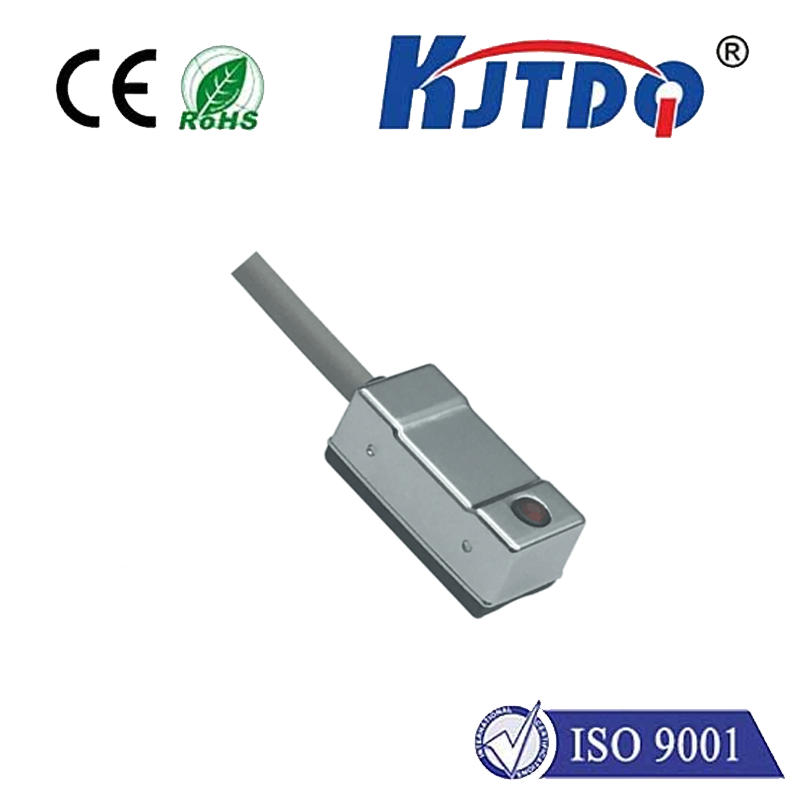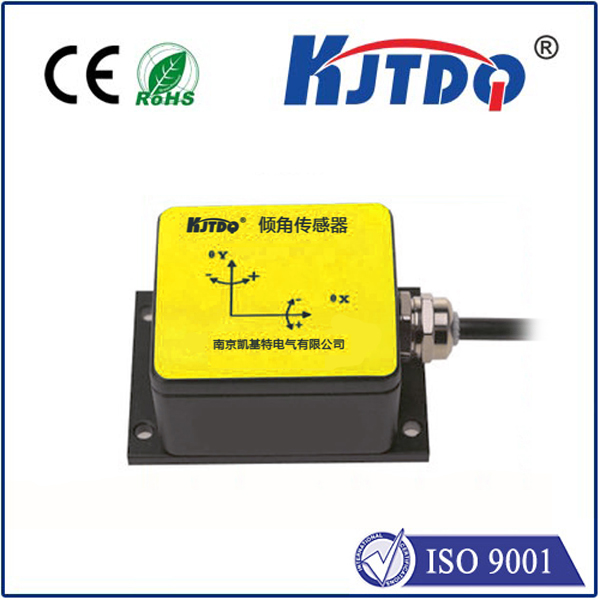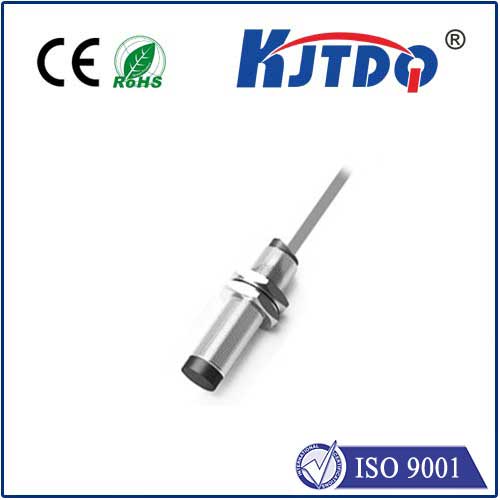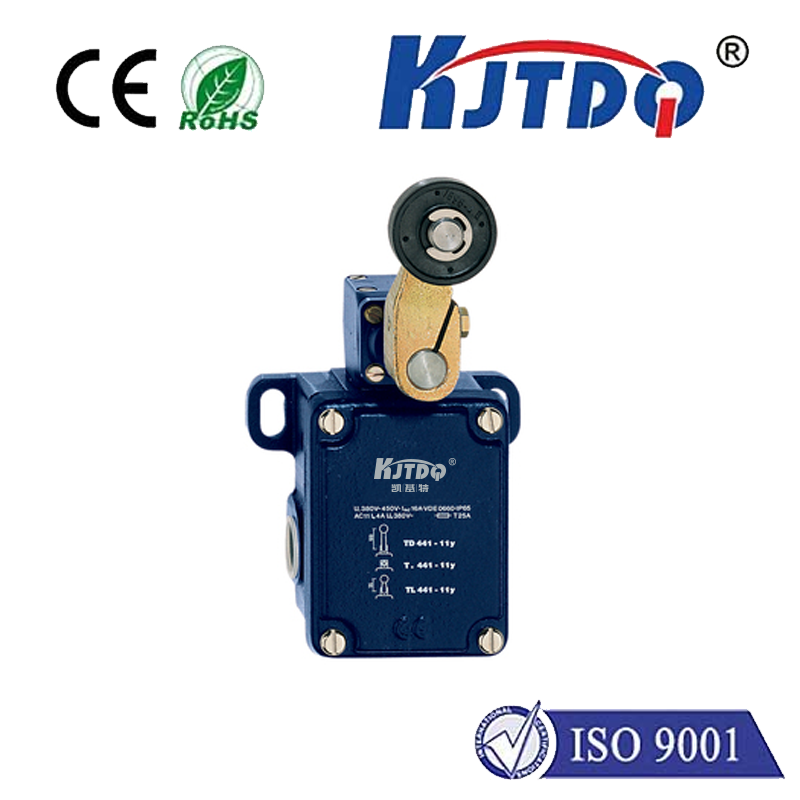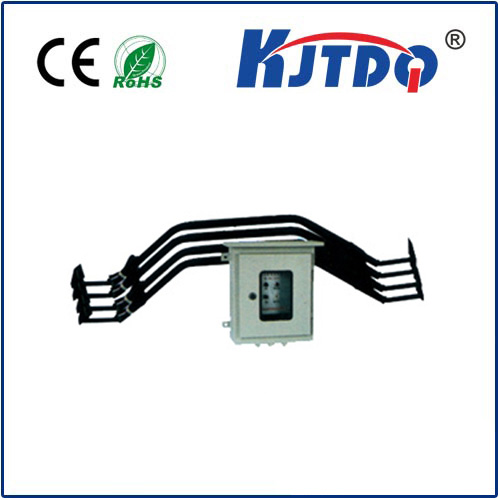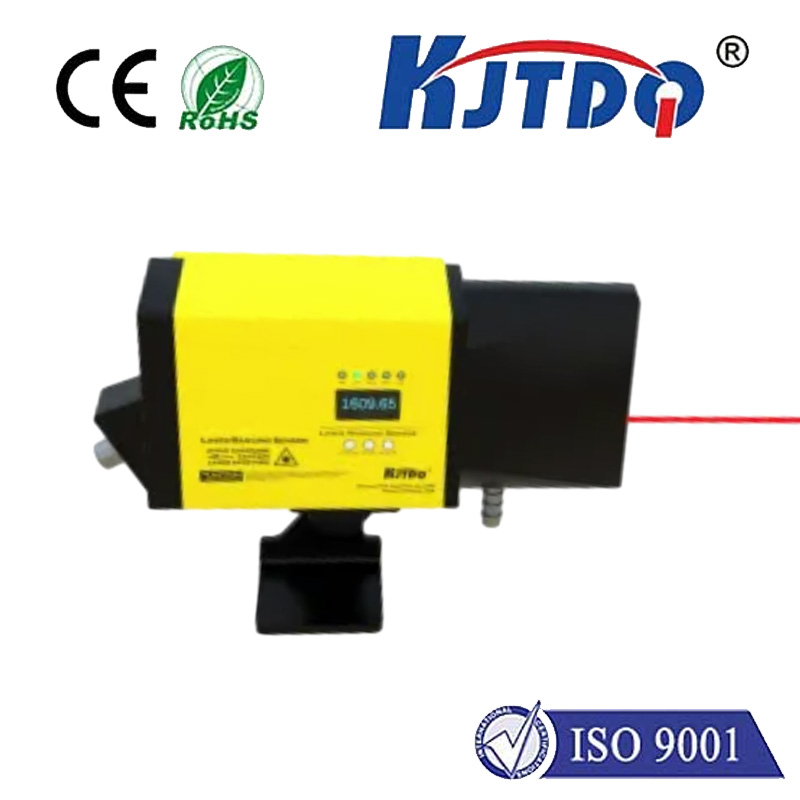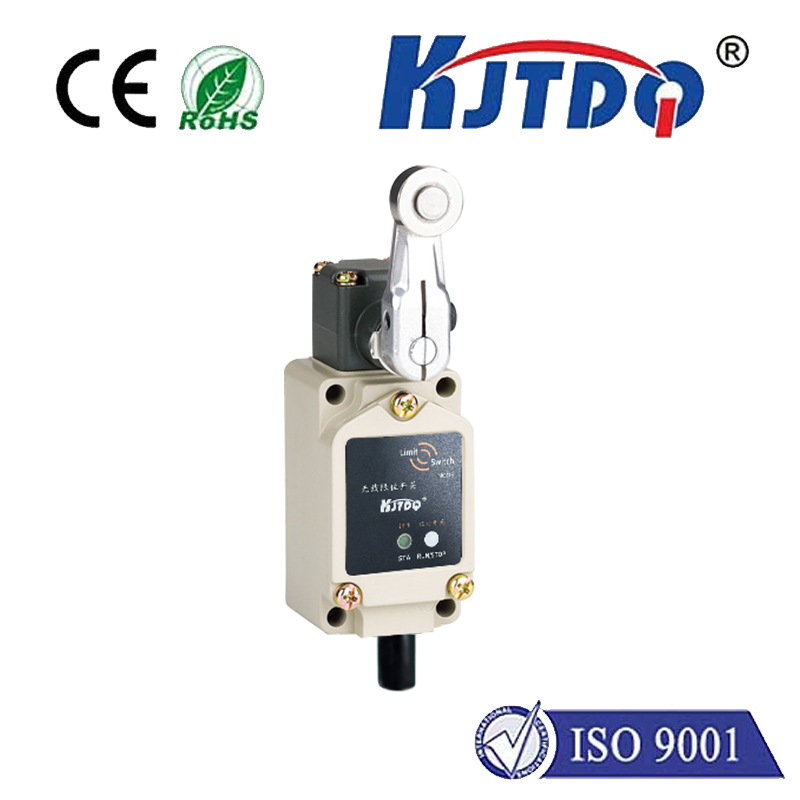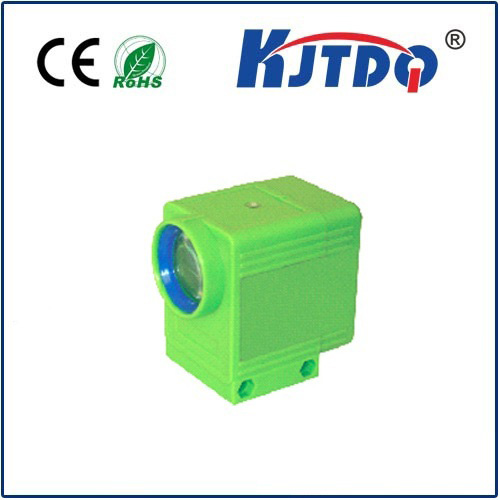fiber grating sensors
- time:2025-08-16 01:26:02
- Нажмите:0
Fiber Grating Sensors: The Unseen Guardians of Modern Infrastructure
In a world increasingly defined by complex structures, from soaring skyscrapers and sprawling bridges to intricate aircraft wings and deep-sea pipelines, ensuring their safety and longevity is paramount. Yet, monitoring these assets often requires solutions that are as unobtrusive as they are intelligent. Enter Fiber Bragg Grating (FBG) Sensors – remarkable devices transforming how we perceive and protect the built and engineered environment. Operating silently within the confines of a hair-thin optical fiber, these sensors are becoming indispensable tools for structural health monitoring (SHM) and beyond.
Demystifying the Core Technology: How FBGs Work
At the heart of every FBG sensor lies a fascinating optical phenomenon. A Fiber Bragg Grating is a periodic modification of the core’s refractive index inscribed directly into a segment of an optical fiber. Think of it as a series of microscopic “mirrors” spaced precisely within the fiber core.
When broad-spectrum light travels down the fiber, the FBG acts like a highly selective filter. It reflects a very specific wavelength of light – known as the Bragg wavelength (λB) – while transmitting all others. The defining characteristic is that this Bragg wavelength is exquisitely sensitive to changes in the environment surrounding the fiber grating. Crucially, λB shifts in response to:

- Strain: Mechanical stretching or compression of the fiber changes the grating period.
- Temperature: Thermal expansion or contraction alters both the grating period and the fiber’s refractive index.
- Pressure: Applied pressure can induce strain in specially packaged FBGs.
By precisely measuring the shift in this reflected Bragg wavelength, engineers can quantify the magnitude of the applied strain, temperature change, or pressure with remarkable accuracy. This core principle makes FBGs powerful transducers.
Why FBG Sensors Are Gaining Unprecedented Traction
The rise of FBG technology in sensing isn’t accidental; it offers compelling advantages over traditional electronic sensors:
- Inherent Safety and EMI Immunity: As passive optical devices, they contain no electrical components at the measurement point. This makes them intrinsically safe for use in explosive or flammable environments and completely immune to electromagnetic interference (EMI), a critical factor near high-voltage equipment or in aerospace applications.
- Multiplexing Power: One of the most significant benefits is multiplexing. Multiple FBGs, each with a slightly different Bragg wavelength, can be inscribed along a single optical fiber cable. This creates a distributed sensing array where numerous parameters (strain, temperature, etc.) can be monitored at multiple points using just one connecting fiber line – drastically simplifying installation and reducing cabling complexity and cost.
- Long-Distance Capability: Optical signals experience minimal loss over kilometers of fiber, enabling remote monitoring of large or inaccessible structures like dams, pipelines, or offshore wind turbines from a central location.
- Corrosion Resistance and Longevity: Optical fibers, typically made of silica glass, are highly resistant to corrosion, moisture, and harsh chemicals, leading to exceptional long-term stability and reliability, especially important for permanent installations.
- Small Size and Light Weight: Their tiny footprint and minimal weight allow for embedding directly within composite materials (like carbon fiber in aircraft) or attaching to surfaces without adding significant mass or affecting structural behavior.
- High Sensitivity and Accuracy: FBGs provide precise, quantitative measurements of strain and temperature with high resolution.
Diverse Applications: Where FBG Sensors Shine
The unique advantages of fiber grating sensors unlock a vast array of monitoring possibilities across industries:
- Civil Engineering & Infrastructure: The cornerstone application is structural health monitoring (SHM). FBGs are embedded in concrete, attached to steel reinforcements in bridges, tunnels, dams, and buildings to continuously monitor strain, vibration, tilt, and crack propagation. They provide early warning signs of potential failure or excessive stress. Geotechnical monitoring of slopes, foundations, and retaining walls also benefits immensely.
- Аэрокосмическая деятельность: Weight savings and safety are critical. FBGs are integrated into aircraft wings, fuselages, and landing gear to monitor load distribution, structural integrity during flight testing and operational life, and impacts. Their immunity to lightning strikes (EMI) is crucial.
- Energy: Monitoring the integrity of pipelines (oil, gas), detecting leaks, strain on wind turbine blades, temperature in nuclear facilities, and hotspot detection in power transformers are vital applications where FBGs offer safe, distributed sensing.
- Industrial Processes: fiber grating sensors monitor strain and temperature in heavy machinery, pressure vessels, and industrial boilers, enabling predictive maintenance and preventing costly downtime.
- Medical & Biotechnology: Emerging uses include smart medical devices (e.g., catheters with pressure sensing), biomechanics research (measuring forces on implants or joints), and specialized sensing within harsh sterilization environments.
- Transportation: Monitoring strain and vibration in railway tracks, critical components in high-speed trains, and structural elements in ships.
Current Trends and the Future Outlook
The evolution of fiber Bragg grating technology continues. Key trends include:
- Advanced Interrogation Systems: Development of faster, higher-resolution, and more cost-effective devices to read the wavelength shifts from FBG arrays.
- Enhanced Packaging: Designing specialized housings (transducers) to make bare FBGs robust for specific measurements like pressure, acceleration, or chemical sensing, or to isolate them from unwanted environmental effects (e.g., temperature-compensated strain sensors).
- Distributed Sensing Integration: Combining point FBG sensing with truly distributed fiber optic sensing (like Rayleigh or Raman scattering) for comprehensive monitoring along the entire fiber length.
- Smart Structures and IoT: Integration of FBG sensor networks with wireless communication and data analytics platforms, feeding real-time data into the Internet of Things (IoT) for autonomous monitoring and decision-making.
From safeguarding century-old bridges to enabling the next generation of fuel-efficient aircraft, FBG sensors operate as the silent, vigilant sentinels of our modern world. Their unique blend of precision, durability, multiplexing capability, and inherent safety makes them not just an alternative, but often the superior choice for monitoring the hidden forces that shape our infrastructure and technology. As sensing demands grow increasingly complex and critical, the role of these remarkable optical devices embedded within slender glass fibers will only become more pronounced, ensuring safety, efficiency, and longevity across countless domains.

